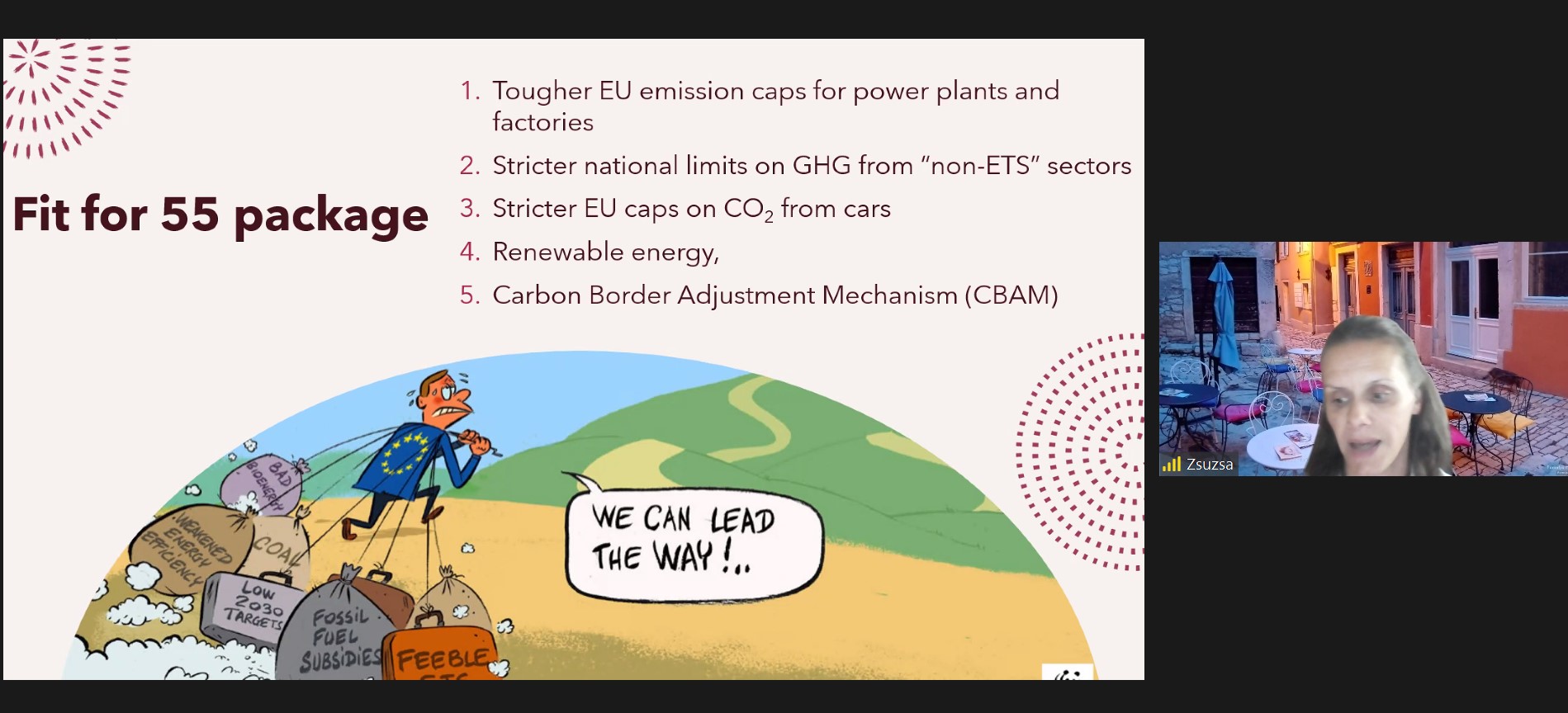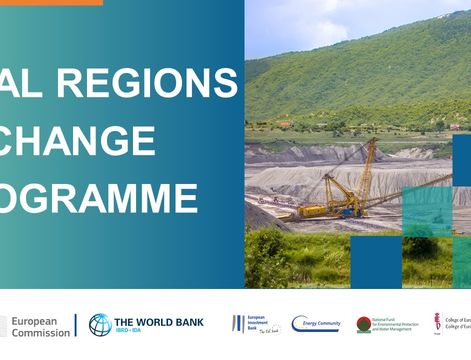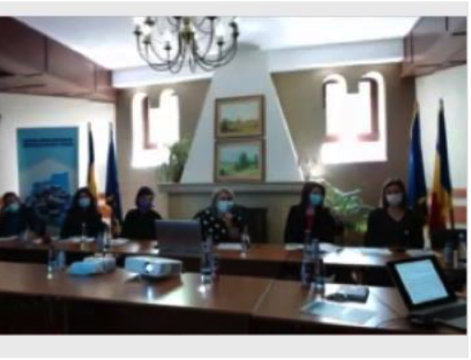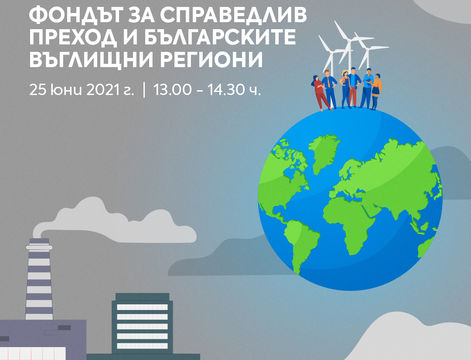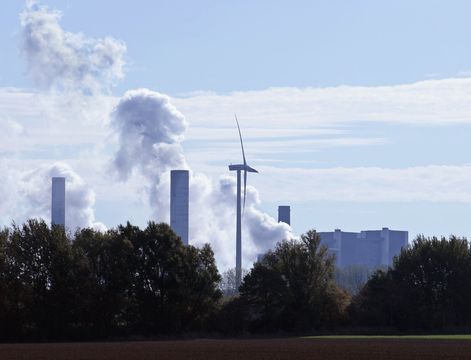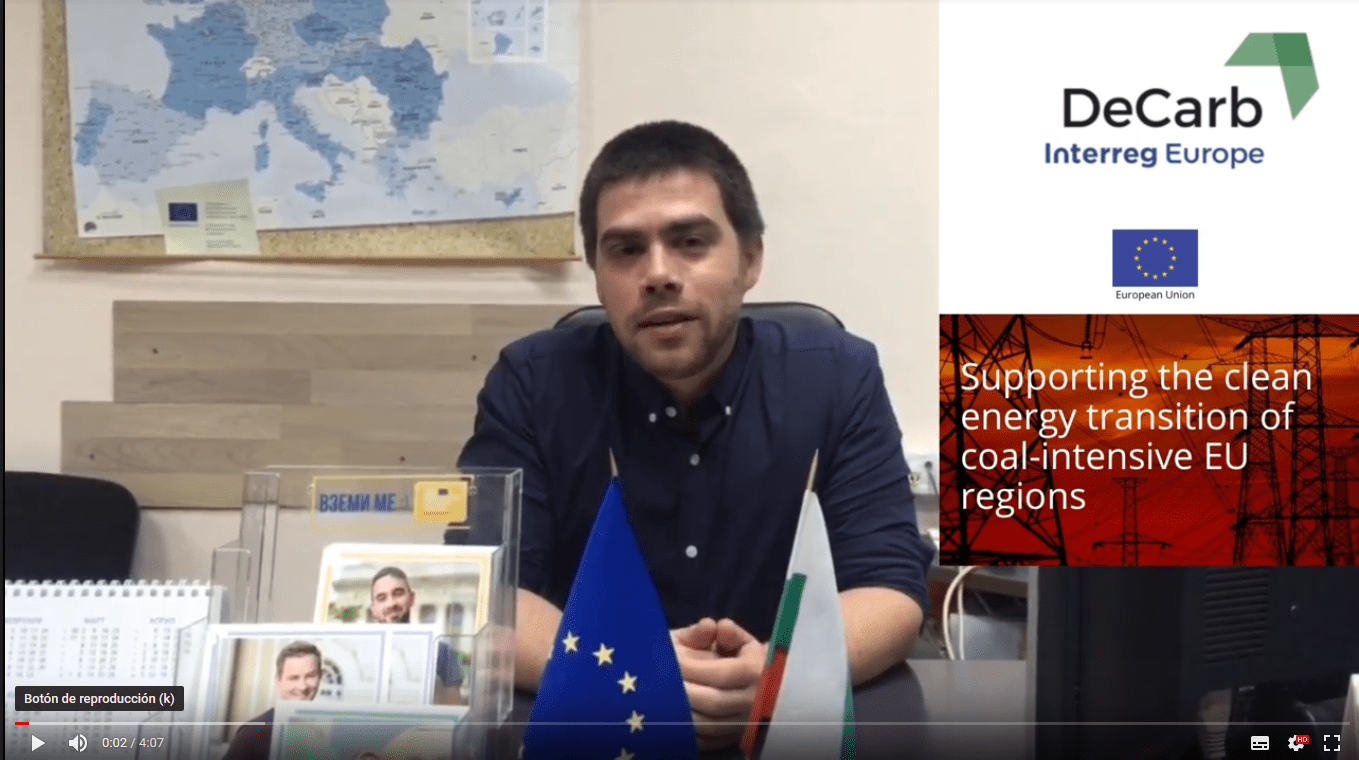Carbon market trade has witnessed notable development since its establishment in 2005, with CO2 European Emission Allowances included in the EU emissions trading system (EU ETS) exceeding 25 EUR for the first time in history this year. Within a short time period of 3 years (from May 2016) the price of CO2 emission allowances has grown more than 400 %, from 5,72 to over 25 EUR per tonne of CO2 documented in 2019 respectively [1]. For many thermo power plants operating in the region, the price of emitted CO2 under the `cap and trade` system can already exceed the price of energy carriers applied for the actual production of energy. Thus, the transition from conventional, carbon-intensive energy infrastructure in the context of rising operating expenditures is merely a function of how much more margin pressure producers are able to handle and thus merely a question of time. Despite the fact that increasing the price of energy (for e.g. in Slovenia, by adding several types of duties to the energy prices, used for supporting investment into renewable energy, co-generation and so forth) atop the exploding CO2 burdens can wreak havoc on the national and regional economy in terms of reduced competitiveness, over the immediate term the resources accumulated offer a great opportunity to provide at least a part of the funding required to implement the energy transition. Article 129 of the Environmental Protection Act of the Republic of Slovenia mandates that revenues from the sell of emission allowances (as defined under EU Commission Regulation No 1031/2010) acquired through the public auctioning to energy producers (and aircraft operators) are used for supporting investment into low-carbon, renewable and environmentally sustainable energy and transport. The establishment of a budgetary fund (Sklad za podnebne razmere) in which above mentioned funds are gathered is outlined in article 128 of the legislative act [2].
For 2019, considering the projected bid of 3,2 million tonnes of CO2 for Slovenia (anticipated price of coupon under 20 EUR when planned), the fund is scheduled to gather at least 62 million EUR, which will be allocated to support activities in several priority areas, including financial incentives (grants and soft-loans) for companies, public organizations/municipalities, non-governmental organizations and the civil society for investment in low carbon energy, sustainable mobility as well as to fund capacity development activities such as awareness raising, education and promotion [3]. The funds will be allocated by means of issuing public tenders through the national environmental fund (Eco fund) or through bi(tri)lateral agreements with the responsible ministries (Ministry of the Environment and Spatial Planning and the Ministry of Infrastructure). For an example, The City municipality of Velenje and the Municipality of Šoštanj have ambitious plans to begin the energy transformation by acquiring a share of such funds, and gradually investing into a viable low-carbon energy technology, focusing on sustainable (zero-emission) public transport as the cornerstone of its business implementation model by acquiring a share of such funds.
Sources:
[1] European Energy Exchange AG(EEX), comodity spot price for European Emission Allowances (EUA); www.eex.com/en/market-data/environmental-markets/spot-market/european-emission-allowances
[2] Zakon o vastvu okolja ZVO-1, Legal information system of the Republic of Slovenia (PISRS); pisrs.si/Pis.web/pregledPredpisa
[3] Programme for the use of resources from the Fund for Climate Change in 2019 (https://www.uradni-list.si/files/RS_-2018-083-04071-OB~P001-0000.PDF) "
Photo: Vranič Matej



